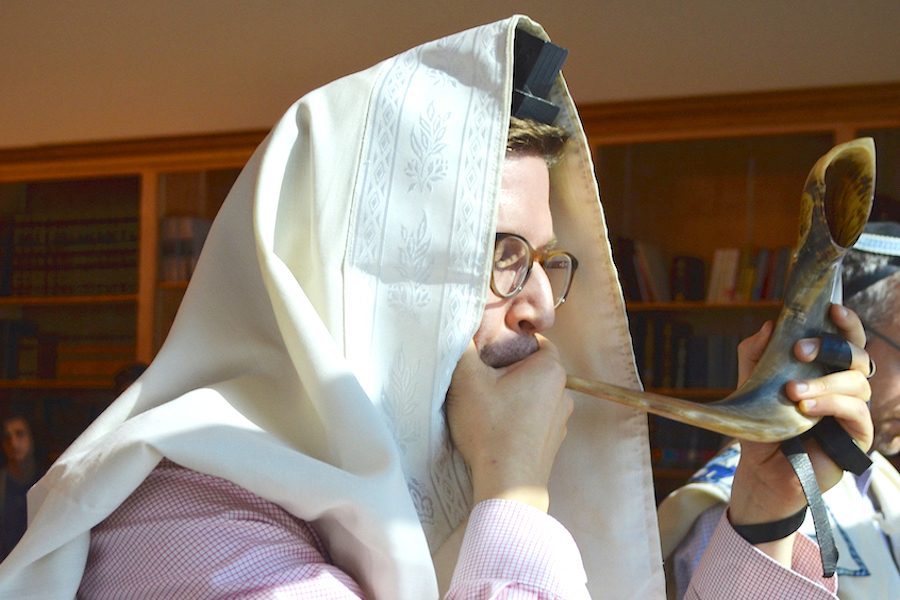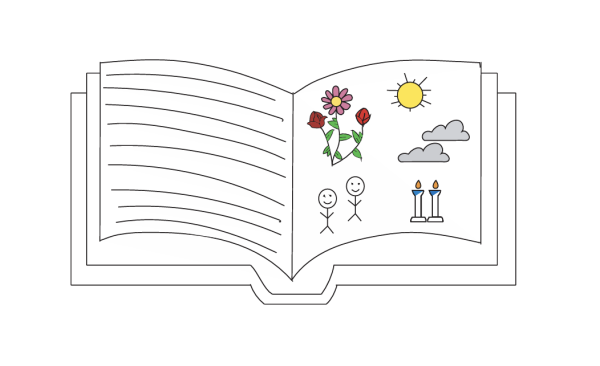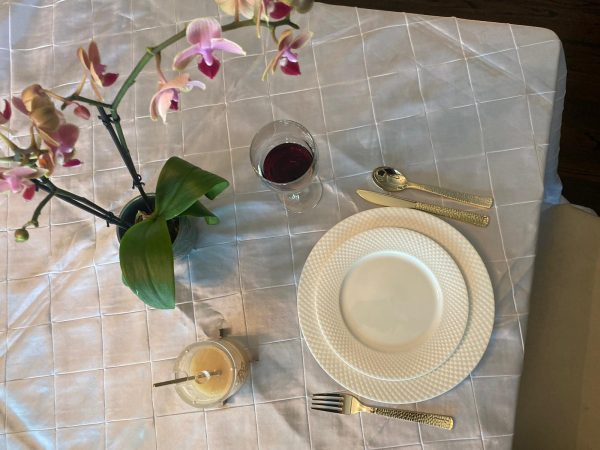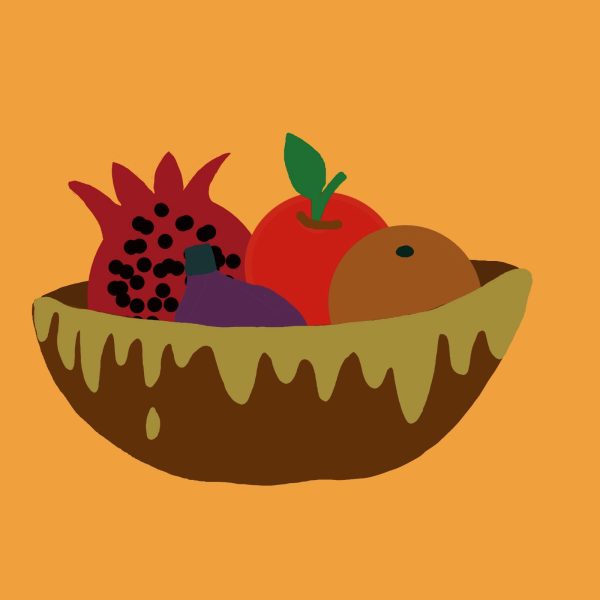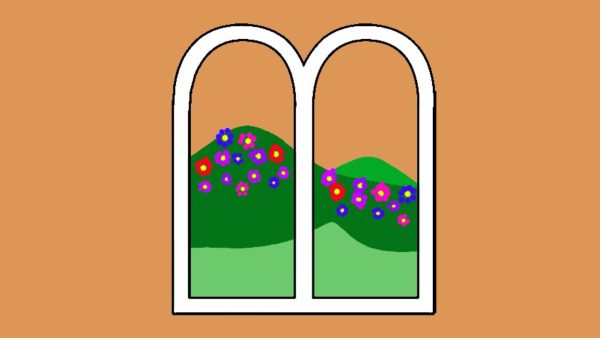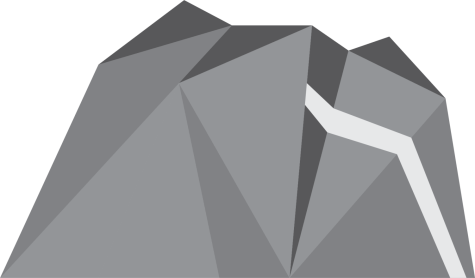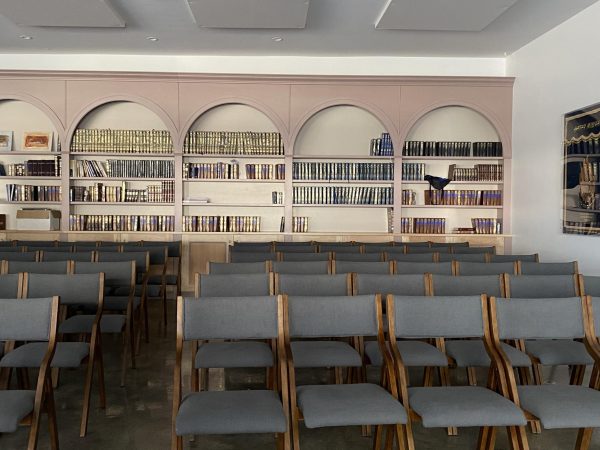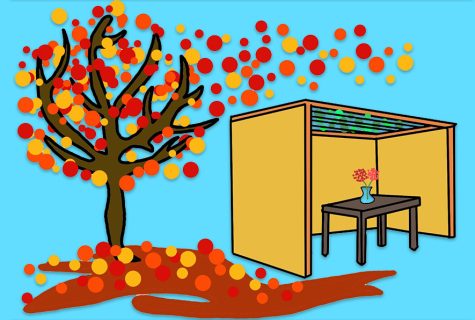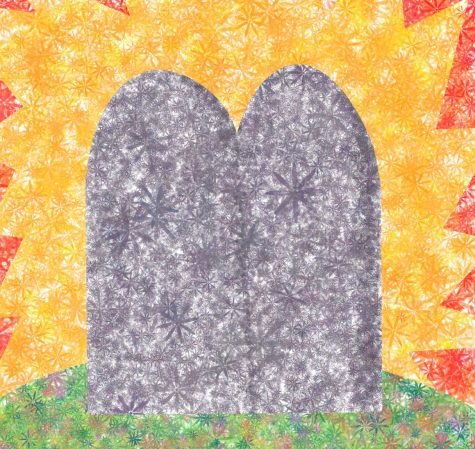In varying sounds of the shofar, new opportunities and a fresh start
BLASTS: Rabbi David Block blew the shofar after Shacharit in the main minyan Aug. 31. Rosh Hashanah starts Sunday evening, Sept. 9. Shana tova! BP Photo by Alyssa Wallack.
Rosh Hashanah is one of my favorite holidays, as it reminds me that I have a new year ahead of me full of new experiences, challenges and successes. It allows me to reflect on the prior year and look forward to something new.
There’s an aspect of the holiday that stands out to me, as it provides me the most meaning and connection. And that aspect is hearing the shofar being blown.
There is lots of explanation in the Torah and Talmud as to why we blow the shofar the way we do, which is with a variety of different blasts.
In Bamidbar 29:1, it states specifically that we need to blow the shofar on Rosh Hashanah. Specifically, it tells us to blow a teruah, which is a blast that is supposed to represent a cry.
In the Gemara, Rosh Hashanah 34a, we learn that a tekiah — a straight blast — needs to be sounded before and after the teruah. It goes on to say we need to sound three sets of tekiah, teruah, tekiah combinations.
The teruah, meanwhile, can be sounded three different ways. According to Chabad.org, the Talmud says that it can be three long blasts, a couple of very short blasts, or a combination of long and short blasts. There is no definitive answer!
Therefore, we blow all of the different types of teruaot, with a tekiah before and after each one.
To me, hearing each of these unique blasts means we can get something different out of each sound. This can represent all that we look forward to in the upcoming year — all of the new experiences, new discussions, and more.
And so for the same reason that I love Rosh Hashanah, I especially love the shofar. Both it and the way it is blown are reminders. The shofar means we can think about all of our successes and failures — in all their variety.
In addition, the time it takes to blow all these different sounds and combinations allows me time to reflect on the past and look forward to the future. When the shofar sounds, I close my eyes and stop. Stop stressing about school, stop thinking of what could have been on that one math test. I just reflect: How did I do this past year? Was I kind to all my peers? Was I the best person that I could be?
I look back at meaningful things I learned in school. I look back at interesting classes I had, where I learned something new about myself through an interesting topic.
I look back at fun times I had with my friends, and think of how I can continue having those great times.
And I look back at my mistakes — when I was ever disrespectful to my parents, siblings, or peers — and think about how I can better treat those around me.
I think about what I have coming up. A new year of school, with new classes, teachers and experiences. New expectations, pressures, stresses. SAS classes, SAT prep and more. Everything is slightly different from what it was before.
I press myself to make challenges into strengths, in all of these areas. And as the shofar blowing ends, I think of how I can make these goals into reality.
I encourage all of you to take some time to reflect as you are hearing the shofar this year on Rosh Hashanah. Think about the past, what you did well and what you struggled with. Think about the future and what you want to accomplish.
Think of the different combinations of the teruot and tekiot as reminders for your upcoming year, in all of its expected and unexpected variety. Using the time this way could really help you start off your year on the right foot.
All of us have so many different things to accomplish. Rosh Hashanah is your yom teruah — your day of these sounds. Think of the shofar as a reminder of what is coming up for you.
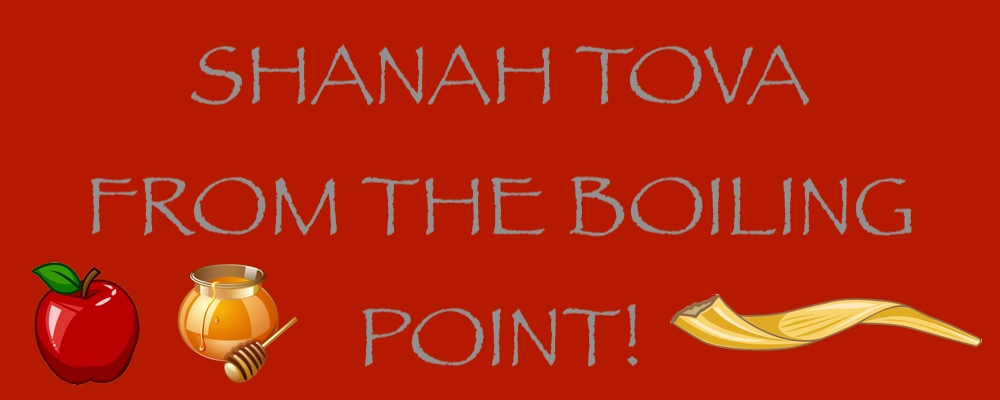
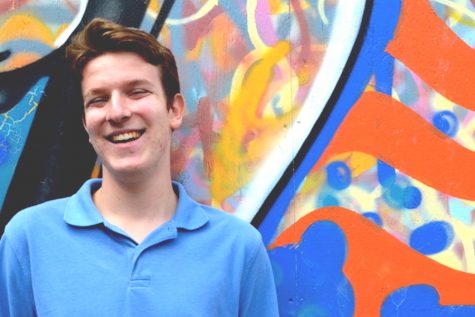
Tobey Lee joined Boiling Point his freshman year, writing award-winning stories about the boys basketball team and delving into the intricacies of the California Interscholastic Federation. From there, he became Sports Editor as a sophomore and he is now the editor of the Features section. Aside from BP, Tobey enjoys singing bass in the choir, hanging out with friends and spending time with his family.

